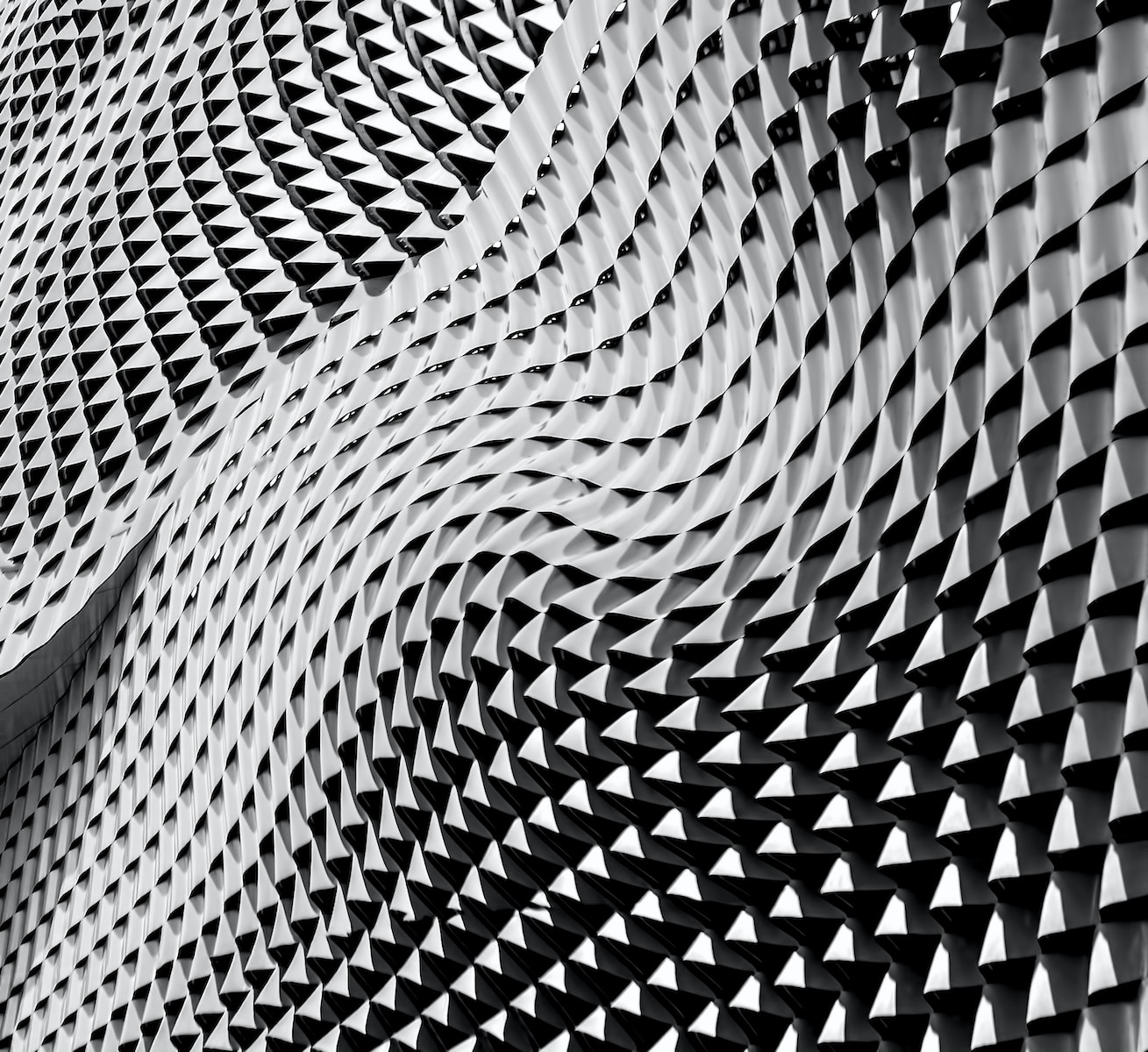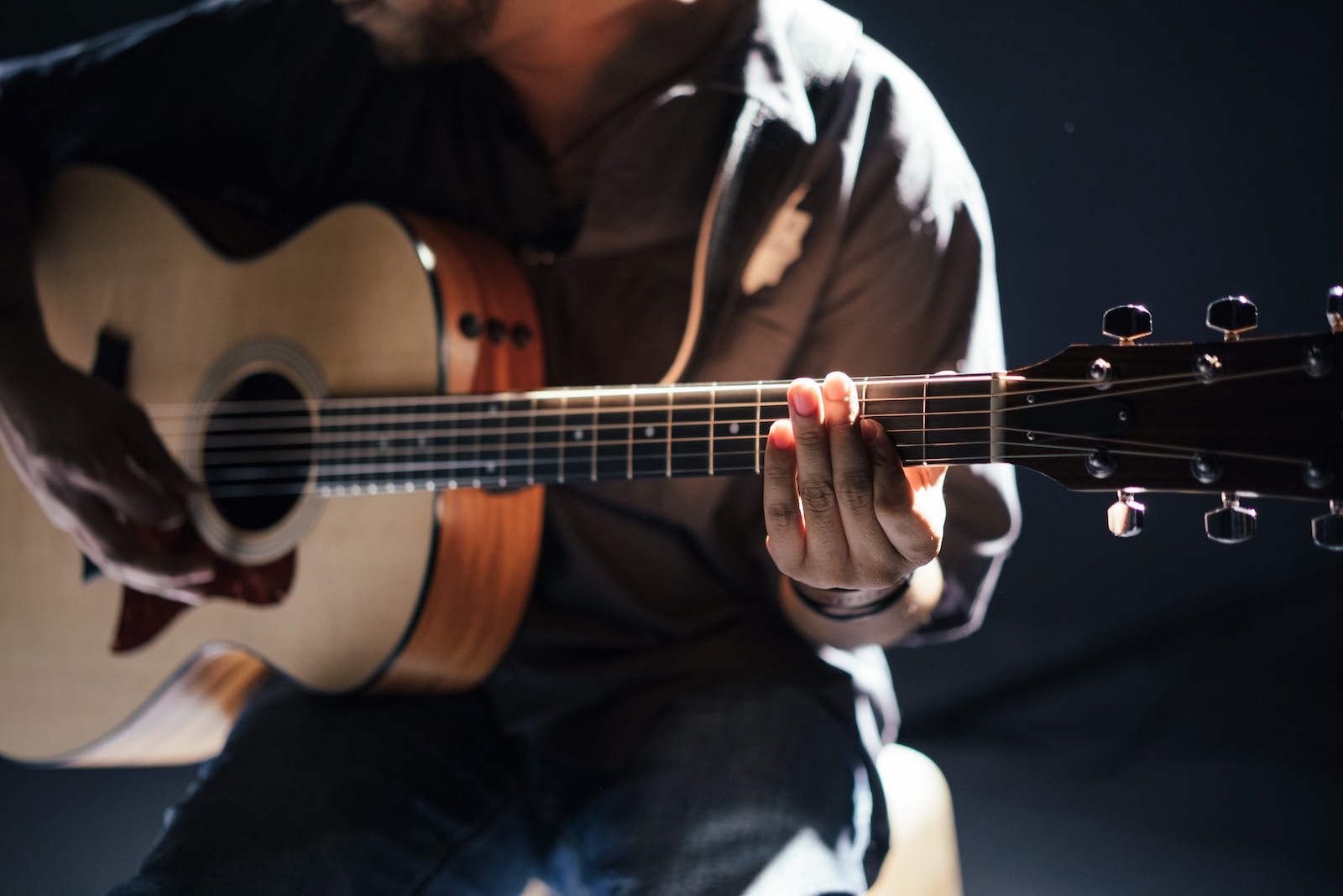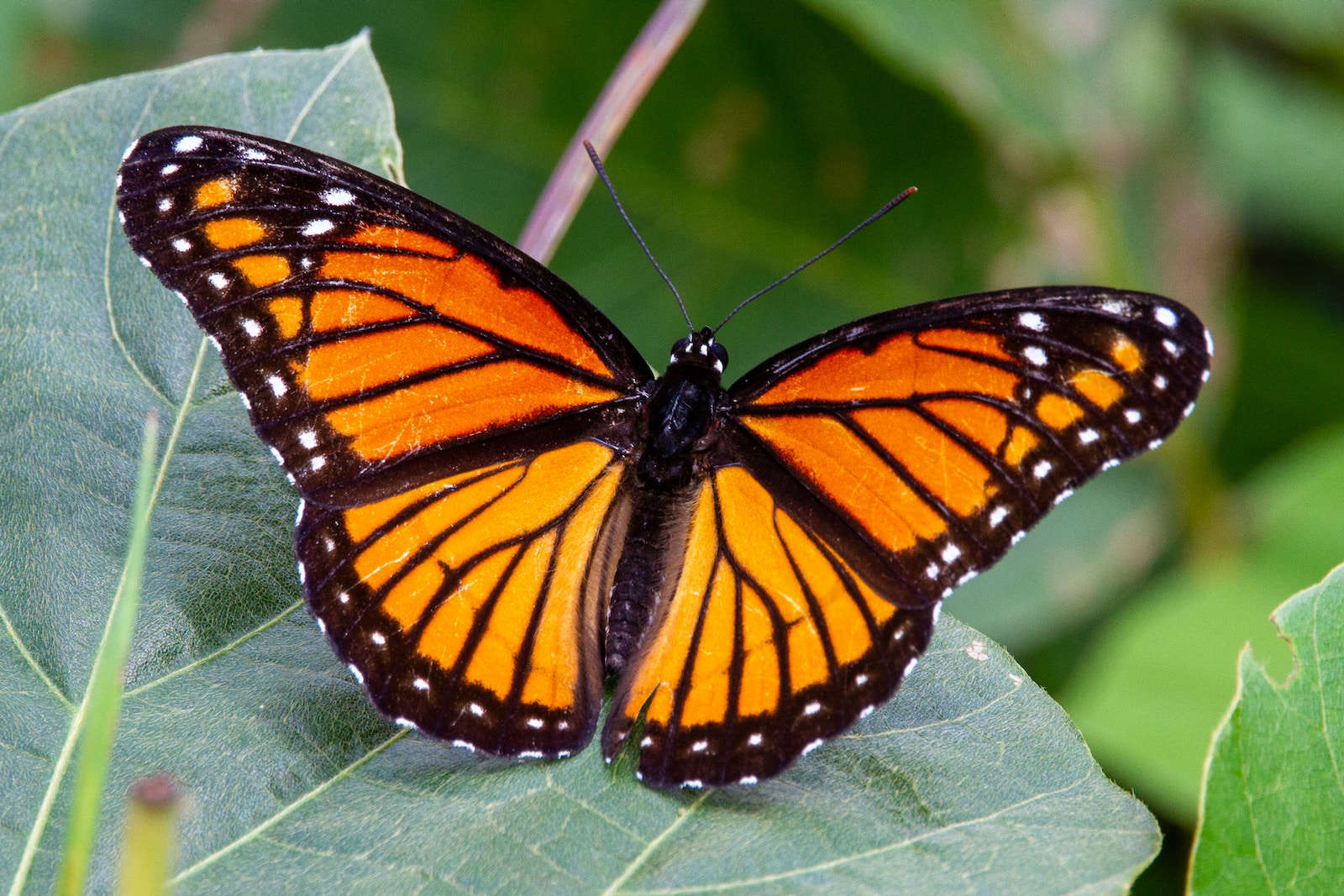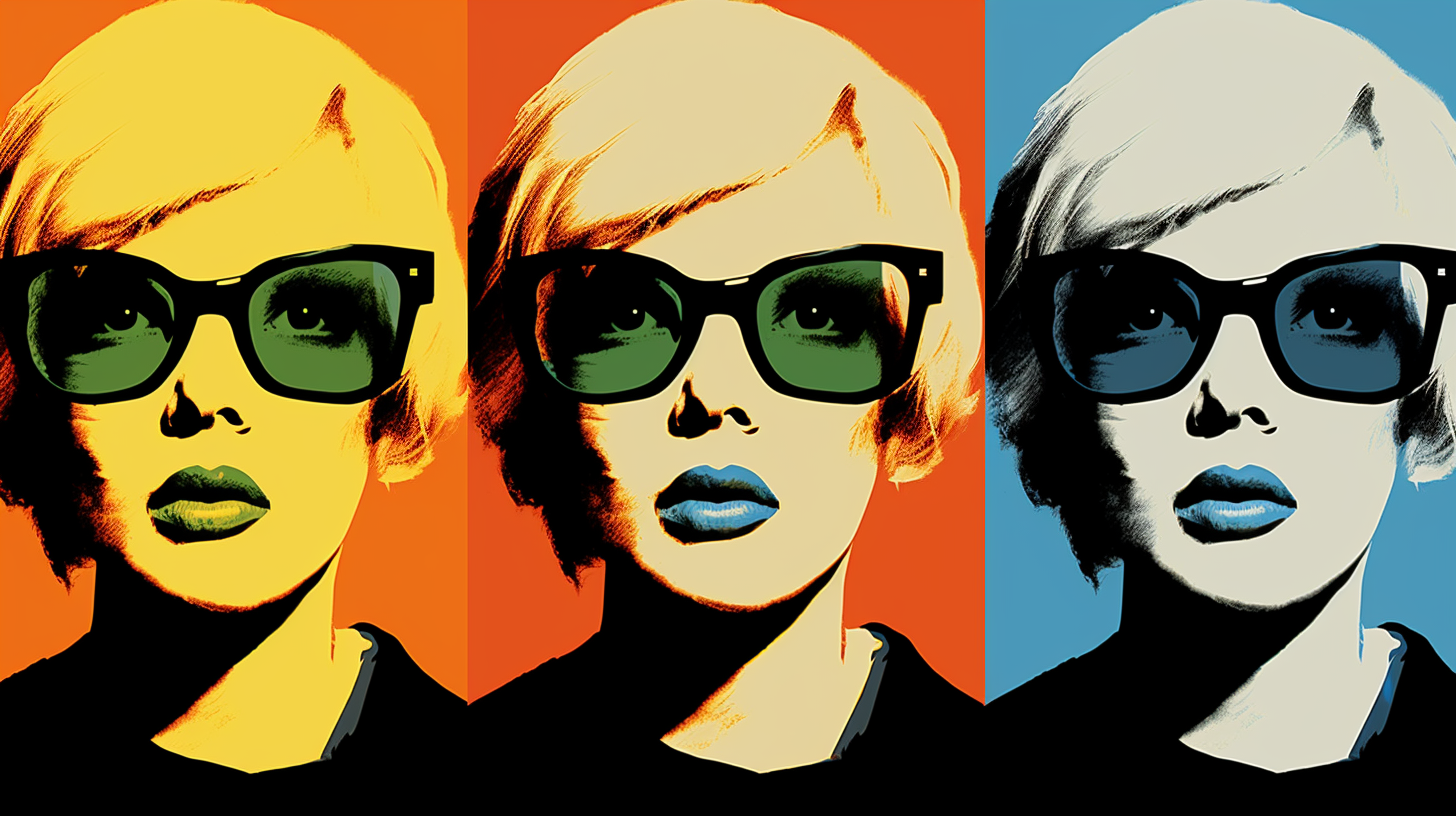Welcome to Thinking Outside The Box: Abstract Photography Explained, where we dive into the unconventional world of abstract photography. If you are a creative enthusiast looking to venture beyond the traditional approaches, this blog is for you. Join us as we explore how abstract photography transforms ordinary subjects into captivating works of art. From creating unique perspectives to using experimental techniques, this guide will inspire you to redefine your photography skills. Get ready to unlock a new realm of creativity and awaken your inner artist with the power of abstraction.
Table of Contents
- The Beauty of Abstract Photography
- The Unconventional World of Abstract Photography
- Capturing Abstract Photography: Timing is Key
- Frequently Asked Questions
- What is abstract photography?
- How can I start experimenting with abstract photography?
- What equipment do I need for abstract photography?
- Can I create abstract photographs with a smartphone?
- Are there any composition rules for abstract photography?
- How can I find inspiration for abstract photography?
- What post-processing techniques can I use for abstract photography?
- How can I showcase and share my abstract photography?
- Wrap Up
The Beauty of Abstract Photography
When it comes to photography, we often think of capturing the world as it is. However, abstract photography takes a completely different approach. It is about capturing the essence of a subject in a way that challenges our perception and stimulates our imagination. Abstract photography allows us to break free from the constraints of traditional photography and embark on a creative journey that is truly unique.
One of the fascinating aspects of abstract photography is its ability to turn ordinary subjects into extraordinary works of art. Whether it’s a simple everyday object or a stunning landscape, abstract photography allows you to see things from a different perspective. By experimenting with angles, lighting, and composition, you can create visually striking images that transcend realism.
Exploring Creative Techniques
Abstract photography is a realm of endless possibilities. With the right techniques, you can transform any subject into a captivating abstract composition. Here are a few techniques to get you started:
- Multiple Exposures: By combining multiple exposures in-camera or during post-processing, you can create layered and dreamlike images that burst with creativity.
- Long Exposures: Embrace the sense of movement by using long exposure techniques. Capture flowing water, bustling city streets, or even stars streaking across the night sky to add a dynamic element to your photographs.
- Macro Photography: Explore the intricate details of small objects or subjects by delving into the world of macro photography. Zoom in on textures, patterns, and shapes to create abstract images that offer a new perspective on the familiar.
- Light Painting: Experiment with light sources such as flashlights, sparklers, or even a phone screen to paint with light. This technique allows you to create mesmerizing and abstract light patterns in a dark environment.
As with any form of art, abstract photography is all about experimentation and pushing boundaries. Don’t be afraid to think outside the box and try unconventional techniques. Let your imagination run wild and see where it takes you.
Did you know that abstract photography is all about capturing shapes, colors, and patterns? It's a unique way to unleash your creativity and make ordinary objects look extraordinary.
The Unconventional World of Abstract Photography
Abstract photography is a creative and unique form of artistic expression. It allows photographers to think outside the box and capture images that break free from traditional rules and expectations. By exploring the realm of abstraction, photographers can create mesmerizing images that evoke emotions, challenge perceptions, and offer a whole new perspective on the world around us.
Choosing the Right Camera and Lenses
When it comes to abstract photography, the camera choice plays a significant role in achieving the desired results. While any camera can be used, there are some features and options that can greatly enhance your photographic journey.
One important factor to consider is the camera’s ability to capture fine details and textures. Look for a camera with high resolution and excellent dynamic range, as these features will allow you to capture and emphasize intricate details in your abstract compositions.
As for lenses, prime lenses with wide apertures are often preferred by abstract photographers. These lenses offer greater control over depth of field, allowing you to isolate and highlight specific areas of your subject. Macro lenses, with their close focusing capabilities, are also popular for capturing intricate details in abstract photography.
Keep in mind that the equipment you choose ultimately depends on your personal shooting style and the specific look you want to achieve. Experimenting with different camera bodies and lenses will help you discover the combination that best suits your vision.
Other Essential Equipment
In addition to the camera and lenses, there are a few other pieces of equipment that can elevate your abstract photography game.
- Tripod: A sturdy tripod is essential for capturing sharp and well-composed images, especially when employing long exposure techniques or shooting in low light conditions.
- Filters: Neutral density (ND) filters can be useful for achieving long exposure effects, such as capturing motion blur or creating dreamy, ethereal landscapes. Graduated ND filters can help balance exposure when dealing with high contrast scenes.
- Remote Shutter Release: Using a remote shutter release eliminates the risk of unintentional camera shake, ensuring your abstract images are tack sharp.
- Reflectors and Diffusers: These tools can be used to manipulate and control light in your scenes, allowing you to create unique and captivating images with desired lighting effects.
Remember, the key to abstract photography lies in experimenting with different techniques, gear, and subjects. While the right equipment can undoubtedly enhance your results, it’s your creative eye and unique perspective that will truly set your abstract photos apart.
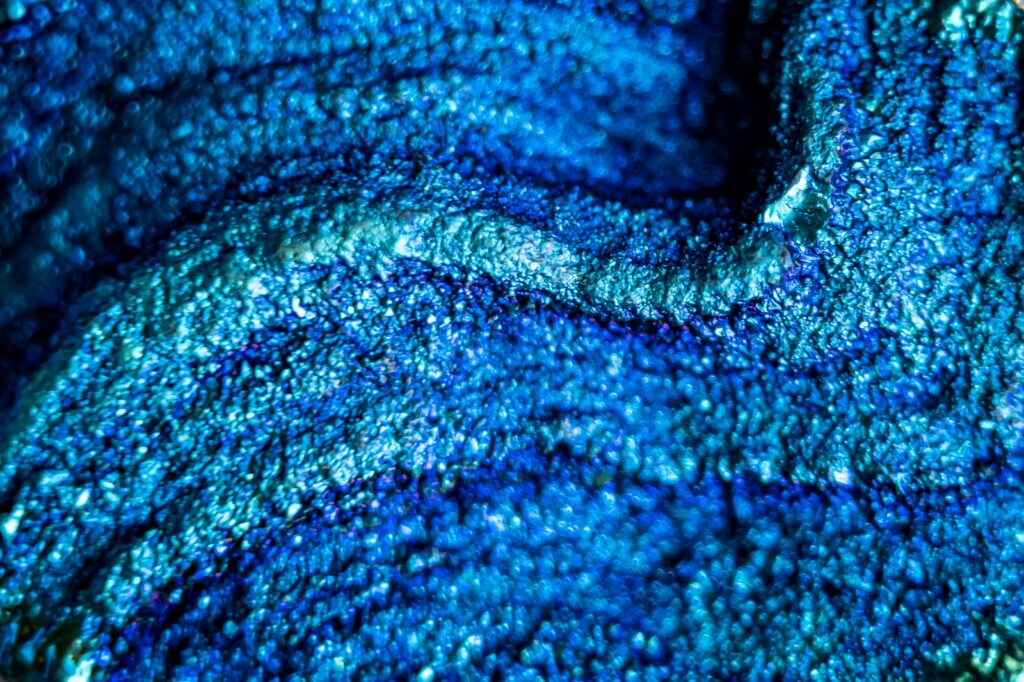
Capturing Abstract Photography: Timing is Key
When it comes to abstract photography, timing is everything. The right lighting conditions can transform an ordinary scene into an extraordinary abstract masterpiece. While abstract photography can be captured at any time of the year, certain seasons offer more favorable conditions than others.
During the golden hours, which occur shortly after sunrise and just before sunset, the light is soft, warm, and creates a beautiful glow. This natural lighting enhances the colors and textures in your abstract photographs, adding depth and dimension to the final image. Additionally, the longer shadows during these times can create intriguing patterns and lines, further contributing to the abstract aesthetic.
Another magical time to explore abstract photography is during the blue hour—just before sunrise or after sunset. The sky takes on a deep, rich blue hue, creating a serene and ethereal atmosphere. This low-light setting allows for more experimentation with long exposures and intentional camera movements, resulting in captivating abstract images.
Choosing Vantage Points and Positions
As an abstract photographer, it’s essential to think outside the box when considering vantage points and positions. Here are a few options to help you capture the best abstract photographs:
- Get Up Close and Personal: Sometimes, the most intriguing abstract compositions are found in the small details. Get close to your subject, whether it’s a flower petal, a textured wall, or a water droplet. Explore the intricate patterns and colors that are often overlooked in our busy lives.
- Experiment with Perspective: Change your perspective to find unique angles and viewpoints. Try shooting from a low angle, capturing the world from a bug’s-eye view, or experiment with bird’s-eye views by shooting from above using a drone or a high vantage point. This unconventional approach can result in fascinating abstract compositions.
- Embrace Motion Blur: Instead of freezing the action, purposefully introduce motion blur into your abstract photographs. Experiment with intentional camera movements, such as panning or rotating the camera while the shutter is open. This technique blurs the lines and colors, conveying a sense of movement and painting-like qualities.
- Explore Reflections: Incorporating reflective surfaces into your abstract photography can add a whole new dimension to your images. Look for mirrors, glass panels, or bodies of water to capture intriguing reflections. These reflections can distort and fragment the subject, creating visually captivating abstract compositions.
Remember, the key to creating captivating abstract photographs is to think outside the box and experiment with different techniques and perspectives. By exploring the unconventional, you’ll unlock a world of creativity and bring a fresh perspective to your photography.
Use a macro lens and experiment with different angles and perspectives to capture unique abstract photographs. Get close to your subject and focus on details that others might overlook. Play with depth of field to create dynamic and visually appealing shots. Remember, abstract photography is all about breaking the rules and seeing things in a different light.
Frequently Asked Questions
What is abstract photography?
Abstract photography is a form of art that captures unique, non-representational images. Instead of focusing on capturing subjects as they appear in reality, abstract photographers use various techniques to remove or manipulate elements of the photograph, emphasizing shapes, colors, lines, and textures to create visually compelling images.
How can I start experimenting with abstract photography?
To start experimenting with abstract photography, you’ll need a camera capable of manual settings and a creative mindset. Look for subjects with interesting shapes, patterns, or textures. Experiment with different camera angles, zooming techniques, and long exposures. Embrace spontaneity and let your imagination guide you.
What equipment do I need for abstract photography?
The equipment you need for abstract photography depends on your preferred style and techniques. Generally, a camera with manual controls, such as a DSLR or mirrorless camera, is recommended for greater creative control. Additionally, having a selection of lenses, a tripod for stability, and filters can further enhance your abstract photography.
Can I create abstract photographs with a smartphone?
Absolutely! While professional cameras offer more control and flexibility, smartphones nowadays come equipped with high-quality cameras and advanced features. Experiment with different photo editing apps and filters to enhance your abstract mobile photography. Remember, it’s not always about the equipment, but the perspective and creativity you bring to the image.
Are there any composition rules for abstract photography?
While abstract photography encourages breaking traditional composition rules, elements of composition can still play an important role in your images. Focus on creating dynamic compositions using techniques such as leading lines, rule of thirds, symmetry, and negative space. However, don’t be afraid to experiment and push boundaries to create truly unique and abstract compositions.
How can I find inspiration for abstract photography?
Inspiration can come from various sources. Look for patterns in nature, architectural details, urban environments, or everyday objects. Experiment with different lighting conditions and explore the interplay of light and shadows. It’s also helpful to study the works of famous abstract photographers and engage with the photography community for ideas and feedback.
What post-processing techniques can I use for abstract photography?
Post-processing is an essential part of creating stunning abstract photographs. Experiment with adjustments in contrast, saturation, and color toning to enhance the mood and impact of your images. Don’t be afraid to explore creative editing tools and experiment with different filters, textures, and layering techniques to add depth and visual interest to your photographs.
There are various ways to showcase and share your abstract photography. You can create an online portfolio or website to display your best work. Utilize social media platforms such as Instagram or Flickr to reach a wider audience and engage with other photographers. Participating in exhibitions, art fairs, or local photography groups can also help you connect with fellow artists and enthusiasts.
Wrap Up
In conclusion, abstract photography is an exciting and creative way to capture the world around us. By thinking outside the box and experimenting with different angles, shapes, and colors, you can create stunning, unique images that leave a lasting impression.
Remember, the key to successful abstract photography is to let your creativity flow and embrace the unconventional. Don’t be afraid to break the rules and push the limits of your camera’s capabilities. Keep practicing and exploring new ideas, and soon you’ll find yourself capturing truly mesmerizing abstract shots.
Now it’s your turn! Have you tried abstract photography before? What are your favorite techniques or subjects? Leave a comment below and let’s start a discussion on this captivating art form. Don’t forget to share this guide with your fellow photography enthusiasts too. Happy shooting!
